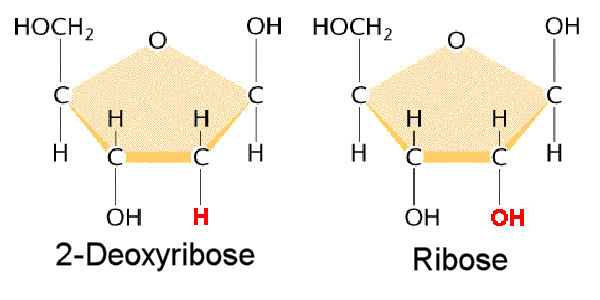Question: Transcription takes place from the 5’ to the 3’ end of the m-RNA. Why?I have a feeling you've been reading the TSFX notes for this topic; completely disregard them for this, they are wrong.
I will be using the term "pre-mRNA" in my response; to prevent any confusion (in case you haven't covered this yet), the pre-mRNA strand is the product of transcription. It then undergoes post-transcriptional modification to yield your mRNA strand which is read by the ribosomes during protein synthesis.
Transcription involves RNA polymerase (RNApol), which is responsible for both locally unwinding the double helix and for the actual process of assembling the pre-mRNA transcript. RNApol runs along the
antisense strand (aka. template strand) 3' to 5', creating the new pre-mRNA strand 5' to 3'.
A few things: the DNA sense strand is the "coding strand", and the pre-mRNA strand is the same as it (with the exception of T->U) because the pre-mRNA strand is transcribed off the antisense strand, which itself is complementary to the sense strand. For the purposes of VCE Biology, it is probably a waste of time to learn it as "sense" and "antisense"; "coding" and "template" is much more intuitive and it's what VCAA writes in their model answers.
If you are curious as to why the new pre-mRNA strand is built 5' to 3': all nucleic acids are built 5' to 3' because on the 3' end of the pentose sugar of nucleotides there is a hydroxyl (OH-) functional group.

In order to join the nucleotides together you need this hydroxyl group (due to the nature of the phosphodiester bonds that link the nucleotides together). Thus, the only way to build the strand is to add new nucleotides to the 3' end of an existing one (where the OH group lies), and hence the new strand must be build 5' to 3' (as you are adding stuff to the 3' end).
Also, just an interesting fact while I'm at it: deoxyribonucleic acid is so called because it is a ribonucleic acid with one less oxygen (de-oxy).

Now think about the significance of a di-deoxyribonucleic acid. What do you think this would do if used in transcription?

